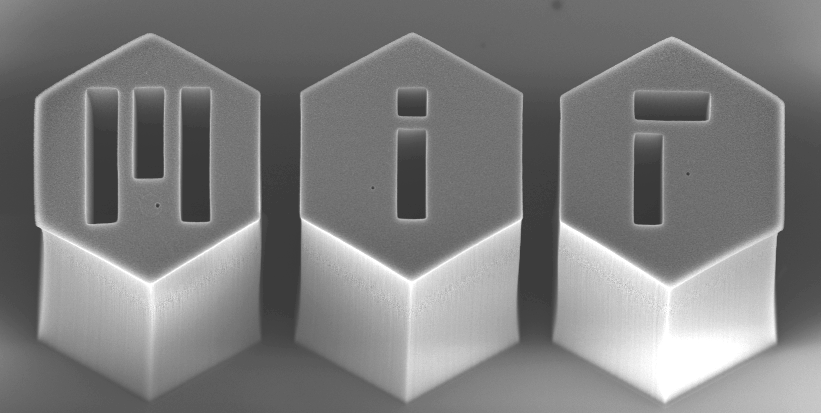G.D. Nessim, M. Seita, D.L. Plata, K.P. O’Brien, A.J. Hart, E.R. Meshot, C.M. Reddy, P.M. Gschwend, C.V. Thompson. Carbon 49(3):804-810, 2011. [http://dx.doi.org/10.1016/j.carbon.2010.10.018]
[PDF]
Despite significant progress in carbon nanotube (CNT) synthesis by thermal chemical vapor deposition (CVD), the factors determining the structure of the resulting carbon filaments and other graphitic nanocarbons are not well understood. Here, we demonstrate that gas chemistry influences the crystal structure of carbon filaments grown at low temperatures (500°C). Using thermal CVD, we decoupled the thermal treatment of the gaseous precursors (C2H4/H2/Ar) and the substrate-supported catalyst. Varying the preheating temperature of the feedstock gas, we observed a striking transition between amorphous carbon nanofibers (CNFs) and crystalline CNTs. These results were confirmed using both a hot-wall CVD system and a cold-wall CVD reactor. Analysis of exhaust gases (by ex situ gas chromatography) showed increasing concentrations of specific volatile organic compounds (VOCs) and polycyclic aromatic hydrocarbons (PAHs) that correlated with the structural transition (characterized using high resolution transmission electron microscopy). This suggests that the crystallinity of carbon filaments may be controlled by the presence of specific gas phase precursor molecules (e.g., VOCs and PAHs). Thus, direct delivery of these molecules in the CVD process may enable selective CNF or CNT formation at low substrate temperatures. The inherent scalability of this approach could impact many promising applications, especially in the electronics industry.
Disclaimer: The PDF document on this webpage is provided for educational and personal purposes alone and is subject to copyrights of the publisher.

